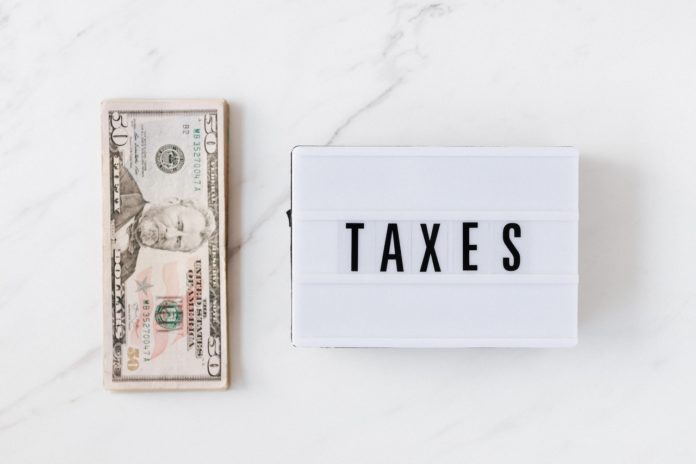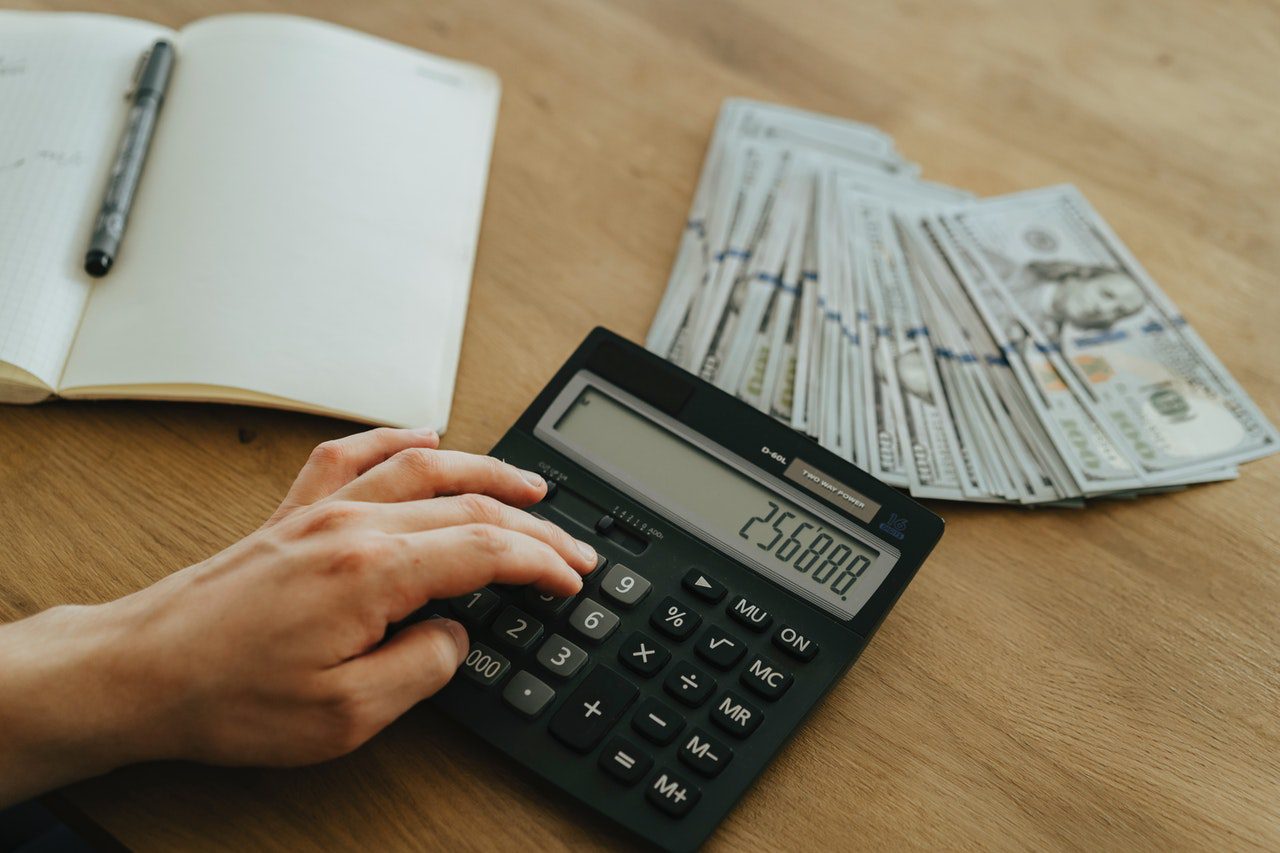The average American has around $90,460 in debt. This includes debt from student loans, mortgages, personal loans, car loans, and all other types of consumer debt products. Paying back a loan and reducing interest rates requires discipline.
If you have several debts, it may be a good idea to establish a monthly repayment plan that includes paying all of your debt. Chase bank has a number of offerings to facilitate this, so let’s take a look at some Chase debt consolidation tips.
What is Debt Consolidation?
This is the practice of rolling several debts into one payment. This strategy allows you to take your debts and combine them into one monthly payment. This is a good idea if you have a low-interest rate.
Debt consolidation can help reduce costs and make repaying your debt more manageable. Note that the best way to consolidate your debt will depend on your credit score, how much you owe, and more. However, before consolidating your debt, ensure the math adds up so that your repayment plan doesn’t end up costing you more.
Here are some debt consolidation strategies to consider.
1. Line of Credit or Home Equity Loan
If you are a homeowner, this can be an ideal way of consolidating your debt. Formally known as second mortgages; home equity loans and home equity lines of credit (HELOCs) allow you to borrow money against home equity. This is the difference between how much you owe and the value of your home.
The interest rate of home equity loans is usually lower than what you are paying on your credit card debt. Home equity loans allow you to make regular and predictable payments. Therefore, if you have enough equity and meet all other qualifications, you can transfer all your debt to your home loan.
However, though you will get a lower rate, the downside to this solution is that your house will serve as collateral. This means that if you fail to repay, you can lose your home. Avoid HELOCs if you cannot keep up with the monthly payments.
2. Cash-Out Auto Refinancing
This solution works similarly to home equity loans. You can refinance your vehicle and use the cash to consolidate your debt. Again, just like with home refinancing, you will get a lower rate, but your vehicle will act as collateral.
Before you consider this option, shop around for the best rate you can find because different lenders appraise vehicles differently. A low appraisal will affect the equity available.
Note that cash-out auto refinancing is not the same as a pink slip or car title loan. The latter is a short-term loan with very high interest. Avoid pink-slip loans at any cost.
Also Read: How to Respond to Collections Calls?
3. Credit Card Balance Transfer
Also known as credit card refinancing, this option of debt consolidation allows you to transfer all your credit card debt to one single card that charges 0% interest for a period that is usually 12 to 18 months. It is one of the most sought-after Chase debt consolidation tips
The challenge here is you need a credit score of at least 690 or higher on the FICO scale to qualify for the balance transfer. Additionally, you could have to pay a balance transfer fee. This can be 3% to 5% of the amount transferred.
It’s best to determine whether your interest during the promotional period will cover the cost after the period. Should you choose this method, aim at paying as much debt as possible during the 0% promotion period. That is a key thing to do when coping with Chase consolidation issues this way. Otherwise, you could wind up owing even more than you did when you took the deal.
4. Personal Loans
Another tip to consider is taking a personal loan. This is one of the most straightforward ways of consolidating debt. You can ask an online lender, credit union, or a bank for a lump sum that can pay off all your debt.
If the interest rates are lower than the interest you are paying on your credits cards, a personal loan can be an ideal solution. If you have a good credit score, your interest rate can be lower.
With a personal loan, you will only have one lender to deal with. These loans have a long and flexible repayment period, and if you make your payments on time, you can also improve your credit score.
Personal loans are not ideal if you have bad credit, which is 689 or lower on the FICO scale. Some loans also require an origination fee. On the plus side, these loans are unsecured, and you don’t risk losing your car or home if you fail to keep up with the terms.
Also Read: Personal Finances – Tips, Tricks, Hacks
5. Borrow from Retirement
If you have an employer-sponsored retirement plan like a 401(k) loan, you can consider taking a loan from it. However, before you consider this option, keep in mind that:
- You may not borrow more than 50% of the bestowed value of your retirement benefit, and you cannot borrow more than $50,000.
- If you quit your job, you only have 60days to repay the loan or risk early-withdrawal penalties.
- You have to pay the loan fully within five years or face tax and early-withdrawal penalties.
- Failing to pay the loan will greatly impact your retirement plan.
If you can keep up with these terms, you will have a loan with the lowest interest rates, and the loan has no impact on your credit score.
6. Have a Debt Management Plan
Having a plan to manage your debt and rolling it into one monthly payment is also a great way to consolidate. If you are struggling to pay off your debt and cannot access any other type of loan because of a bad credit score, this may be a great tip to consider.
Unlike other debt consolidation options, a debt management plan will not affect your credit score and can cut your interest rate by half. If the debt you owe is more than 40% of your income, you can’t pay it within five years; you can also consider declaring bankruptcy. Consult a credit-counseling agency and learn the best debt management plan for you.
Also Read: Business Loan: Where Can You Get It?
7. Ask Family and Friends for Help
This option may only work depending on the nature or kind of relationship you have with your friends or family members. However, being indebted to your family or friends comes with its share of challenges.
To maintain the relationship you have, you need to make certain that you can keep up with the repayment terms and can pay fully repay the loan. Before borrowing from your friend or family, have an open discussion on the repayment terms, including possible penalties if you fail to keep up to your side of the bargain.
The bright side of borrowing from friends and family is getting favorable repayment terms and interest rates. Do not risk losing a good connection because of the loan.
Mistakes to Avoid When Consolidating Debt
If you are considering debt consolidation, here are some mistakes that you should avoid:
- Not shopping around for favorable terms
- Failure to choose wisely
- Not researching the options available for you
- Failing to consult or ask for advice
- Not setting up an emergency fund to pay your debt
- Not keeping up with the terms of the loan
- Failing to address the root cause of your debt
Always know the right solution that works for you and the terms that come with it.
Choose a Favorable Debt Consolidation Solution
Though debt consolidation offers better and more flexible loan repayment terms, it is not for everyone. In some cases, the stakes and risks involved may not be worth it. Before considering any of these debt consolidation tips, weigh each option carefully, paying closer attention to the risks involved.





